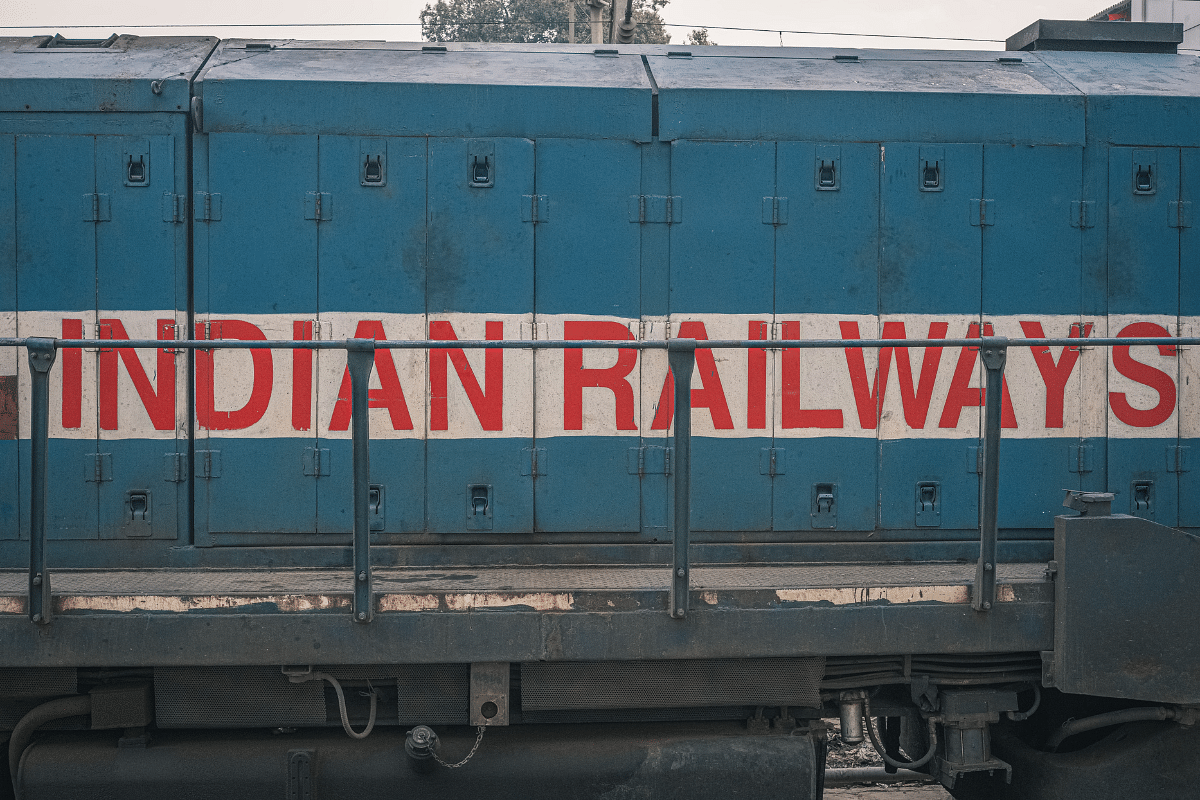Context
Explained: Indian Railways Floats Rs 30,000 Crore Tender For 800 Electric Locomotives

Indian Railways (Photo by Free Walking Tour Salzburg on Unsplash)
The Indian Railways (IR) on 4 May invited bids for the manufacture and supply of 800 electric locomotives of 12,000 horsepower (HP) under a contract worth about Rs 30,000 crore. The bid to select the technological partner for the project shall be opened on 10 August.
The tender 12,000 HP locomotive will be manufactured at Banaras Locomotive Works (BLW), Varanasi, using Railway manpower.
These engines are to be utilised on the routes of the Indian Railways and Dedicated Freight Corridor (DFC). A single loco should be capable of hauling 6,000 tonnes of load with average speed of 75 kmph.
According to the Notice Inviting Bid (NIB), these locos will be maintained at government-run maintenance depots in Kanpur (UP), Sabarmati (Gujarat) and Tughlakabad (Delhi).
The NIB has fixed the quota of locos to be maintained at each depot, which is 300 for Kanpur, 250 for Sabarmati and 250 for Tughlakabad.
The 800 electric locomotives are to be supplied to Indian Railways over a period of 10 years commencing from 2023-24.
The selected technological partner will deliver five locos in the first year, 35 in second, 60 in third year and 100 locos from fourth year onwards till the end of supply period in 2032-33.
The need for 12,000 HP Loco: The idea of such locomotives for freight movement was mooted in 2007-08.
Normally, the freight trains were underpowered and this slowed down their movement. To put things into perspective, India’s most powerful electric engine till now was of 6,000 HP.
The state of the art high horsepower locomotives will be pressed into service as freight trains. This will help to decongest the saturated tracks by allowing faster, safer and heavier freight trains to move across the country, as well as improve the loading capacity.
The new locomotives will be much more capable to handle heavy-haul loads on the DFC, said V N Mathur, former member (traffic) of the Railway Board.
This is not the first attempt at collaboration with the private sector for the manufacturing of modern locomotives in the country.
Prior to this, Indian Railways had entered into a Procurement cum Maintenance Agreement with Madhepura Electric Locomotive, a joint venture of Indian Railways and M/s Alstom for supply of high horsepower locos, to transform the heavy freight transportation landscape of the country.
As part of the largest Foreign Direct Investment (FDI) project of Indian Railways in 2015, the Ministry of Railways and Alstom signed a contract worth €3.5 billion (Rs 25,000 crore) and created a joint venture for the project, namely, Madhepura Electric Locomotive.
The contract allowed for the manufacture of 800 double-section, 12,000-horsepower electric locomotives for freight service and associated maintenance for a period of 11 years. The scope also included the set-up of a manufacturing plant at Madhepura (Bihar) for building the e-locos and two maintenance depots at Saharanpur (Uttar Pradesh) and Nagpur (Maharashtra).
The 12,000 HP (9 MW) fully electric high-powered double-section locomotives are used for freight service, capable of hauling 6,000 tonnes at a top speed of 120 km/hr.
First 12,000 HP Made in India locomotive, manufactured by MELPL, was put into operation by Indian Railways from Pt Deen Dayal Upadhyaya Junction Station on 18 May 2020. With this, India became the sixth country in the world to join the club of countries producing high horsepower locomotives indigenously.
It is also the first time a high horsepower locomotive has been operationalised on broad gauge track in the world.
The company delivered the hundredth electric locomotive of 12,000 HP to Indian Railways in April 2021.
Introducing ElectionsHQ + 50 Ground Reports Project
The 2024 elections might seem easy to guess, but there are some important questions that shouldn't be missed.
Do freebies still sway voters? Do people prioritise infrastructure when voting? How will Punjab vote?
The answers to these questions provide great insights into where we, as a country, are headed in the years to come.
Swarajya is starting a project with an aim to do 50 solid ground stories and a smart commentary service on WhatsApp, a one-of-a-kind. We'd love your support during this election season.
Click below to contribute.
Latest